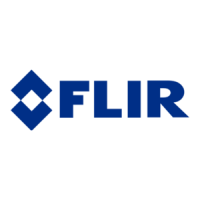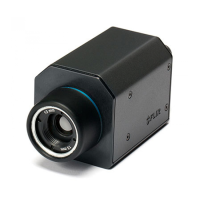What to do if my FLIR RAYMARINE A98 does not turn on or keeps turning off?
- WWilliam Sparks MDAug 4, 2025
If your FLIR Touch Panel doesn't turn on or keeps turning off, it might be due to software corruption. As a solution, try re-flashing the latest software from the Raymarine website. For display products, you can perform a 'Power on Reset'; however, this will delete all settings, presets, and user data, reverting the unit to factory defaults.


